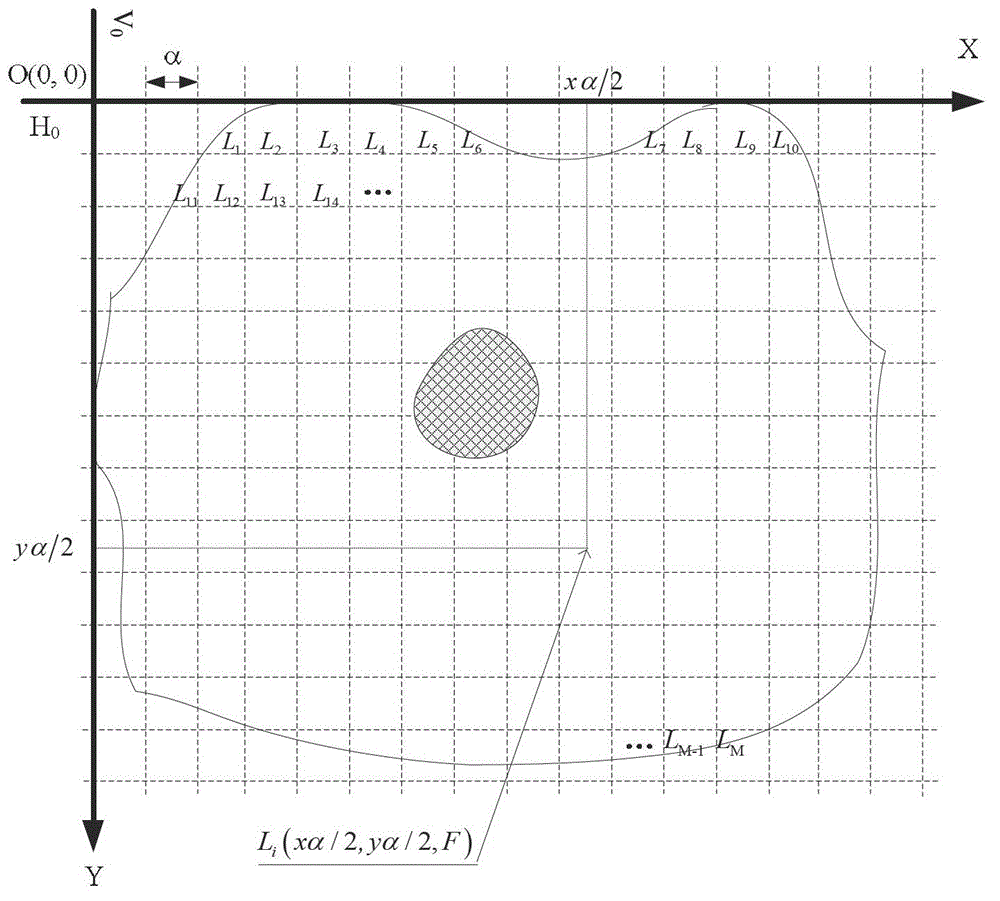A method for automatically determining indoor antenna requirements and layout based on grid
An indoor antenna and antenna location technology, applied in the field of communication, can solve the problems that the number and placement of antennas cannot be guaranteed, and the workload is heavy, so as to save design labor, avoid investment waste, and improve design efficiency.
- Summary
- Abstract
- Description
- Claims
- Application Information
AI Technical Summary
Problems solved by technology
Method used
Image
Examples
Embodiment
[0054] An antenna position grid and a target user position grid constructed by the grid modeling module, combined with the calculation of the field strength and coverage rate of the target coverage area, and finally automatically determine the one that meets the user coverage requirements after an iterative cycle The method for the number of antennas and the location of each antenna includes the following steps in turn:
[0055] Step 1, using the grid modeling module to build the antenna position grid on the plane where the indoor antenna is located, and build the target user position grid on the plane of the target coverage area; the antenna position grid is provided with M grids in total, for each Antenna position grids are sequentially numbered as L i ; The target user location grid is provided with N grids in total, and each target user location grid is numbered sequentially as O j ;where i=1,...,M; j=1,...,N; specifically
[0056] 1) In the two-dimensional plane of the ...
PUM
 Login to View More
Login to View More Abstract
Description
Claims
Application Information
 Login to View More
Login to View More - R&D
- Intellectual Property
- Life Sciences
- Materials
- Tech Scout
- Unparalleled Data Quality
- Higher Quality Content
- 60% Fewer Hallucinations
Browse by: Latest US Patents, China's latest patents, Technical Efficacy Thesaurus, Application Domain, Technology Topic, Popular Technical Reports.
© 2025 PatSnap. All rights reserved.Legal|Privacy policy|Modern Slavery Act Transparency Statement|Sitemap|About US| Contact US: help@patsnap.com



